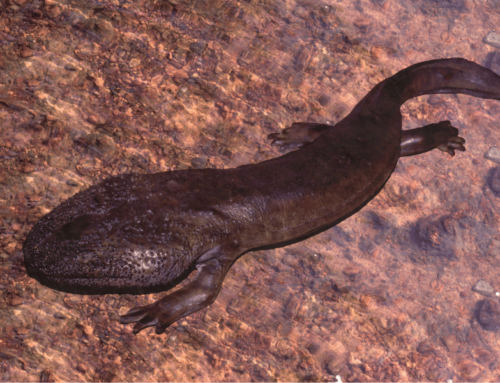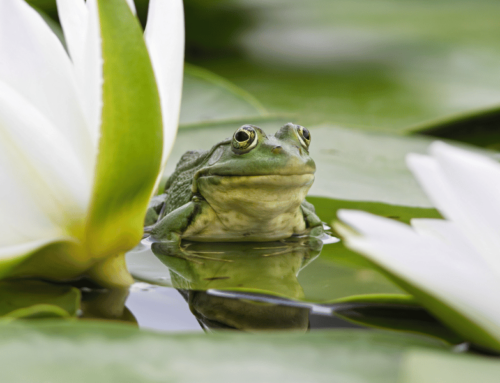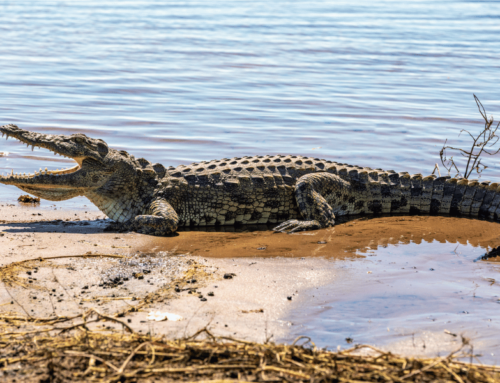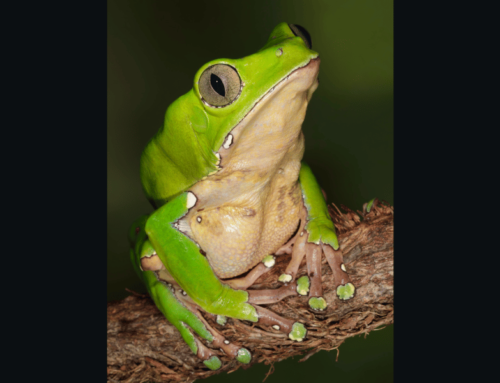The right herping equipment is an absolute necessity for those who love going out and finding reptiles and amphibians. The essential herping equipment might not be too obvious. Here, we are going to look at what equipment you need to get before heading out and looking for your favorite reptiles and amphibians.
This blog post is all about essential herping equipment for all trips.
Essential herping equipment for all trips
Note: Do not handle any amphibian or reptile unless you are thoroughly trained on the proper handling. Venomous animals and poisonous animals should only be approached by professionals.
1. Snake Hook

This is a must have for anyone who wants to interact with snakes in the field. A snake hook, obviously, will allow you to control a snake without using your hands.
Always be on the safe side. If you see a snake that you aren’t familiar with or just a snake that you aren’t sure about, handling it with a snake hook keeps you safe.
I suggest getting a snake hook that’s as long as you can easily handle. Keeping the distance between yourself and venomous species is important for not getting bitten. Even the best snake hooks won’t break the budget for you. Invest in a longer snake hook overall when choosing one.
Reputable brands that make snake hooks include DocSeward, ReptiZoo and YomyRay.
2. Identification Guide
There are lots of identification guides that are small enough for you to carry in your pocket. These guides will usually put amphibians and reptiles into the same guide as well.
If you encounter a reptile that you aren’t familiar with, the guide can give you information on what’s its species, behavior, etc. It’s a good idea to look through the guide and know which snakes are venomous.
Make sure to get a guide that covers the local area that you’re exploring. Guides that cover large regions are heavier and may take a much longer time for you to find what you’re looking for. You can find these guides at visitor’s centers at local parks and local bookstores.
3. Camera
Cameras are a great piece of equipment to have on you, especially if you manage to find a rare species.
You may believe that you don’t want to bring a camera. However, when you’re actually out there, the scenery and the animal together may be overwhelming, leading you to wanting a shot of it you can keep forever.
You can at first try getting photos with your phone. However, you might find that your phone doesn’t cut it for getting crisp, clear images of reptiles.
I suggest getting a cheaper point-and-shoot style camera with a decent level of optical zoom. Look at what level of optical zoom your smart phone has and buy a camera with a greater ability to zoom.
After that, you can move onto more expensive cameras if you want to improve your photography.
4. Binoculars
One of my favorite reptiles is the Nile Crocodile. It’s the second largest crocodilian in the entire world, just behind the Saltwater Crocodile. In the future I plan on going to Africa to see them in their natural habitat.
Now, if you’re not aware, Nile Crocodiles recognize humans as prey. Hundreds of deaths a year are attributed to Nile Crocodile attacks and with a running speed of 22 miles per hour, outrunning them isn’t exactly a realistic bet. Humans have lived on the plains of Africa with them for thousands of years. Approaching a Nile Crocodile isn’t a safe option. To safely observe them, you need a pair of binoculars.
An alternative to binoculars is a spotting scope that you can mount on a tripod. A spotting scope let’s you observe animals from afar without having to hold it up to your face like binoculars. Binoculars are preferred when you need more mobility. The spotting scope is great when you’ve found somewhere to observe and don’t need to move for a long time.
5. Proper Pants
When you’re looking for frogs in the swamp or snakes in the desert, proper legwear is essential.
If you find yourself needing to go through thick, bushy areas, wearing a pair of thick pants can protect you from cuts and scraps from plants. They can also protect you from being bitten from bugs or other animals.
Consider whether or not you need deep pockets in your legwear. Wearing cargo pants and shorts can give you a place to carry your things, including field guides.
6. Boots
There are lots of different types of boots that make great investments for the modern reptile searcher!
The first type you need to consider is a hiking boot. Hiking boots make it easier and safer for you to explore mountainous regions of the world. Hiking boots are designed to protect your ankle from damage. High-cut boots will also protect your lower leg from cuts and scrapes.
Another type of boot to invest in is water boots. These boots are designed to be water-proof, allowing you to keep your feet dry when trudging through wetlands or shallow bodies of water.
7. Headlamp or Flashlight

A lot of reptiles and amphibians are nocturnal or crepuscular. Therefore, if you want to see them, you’ll need to get out at night or when the sun is rising or setting. During these times of day, light is essential.
Flashlights are obvious, but headlamps are a helpful piece of gear too. Headlamps are good for aiming the light at or near where you are facing. Flashlights are easier to manipulate but the headlamps leave one of your hands free. It’s a matter of personal preference for what you want to get.
Don’t skip out completely on seeing reptiles and amphibians in the dark.
8. Food and Water
If you’re like most reptile enthusiasts, the idea of spending all day outside, watching crocodiles sounds like fun. When you’re out all day, you’re going to need water and snacks.
A more convenient way to bring your water with you is to buy a hydration backpack. This allows you carry your water on your back, leaving your hands free to flip rocks over.
The foods most people bring for outdoor activities include energy bars, trail mix, granola bars and freeze-dried fruits. I usually bring packaged meat with me as well.
Clean water is also essential for washing your hands. Make sure to factor that in when you are deciding how much water to bring. Whenever possible, I suggest bringing more water than you think you need. Not bringing enough water can be dangerous, especially if you’re herping in hot weather.
Consider bringing hand sanitizer, as it’s useful for keeping your hands clean before you eat.
9. Backpack or Another Bag
Whatever you’re planning on bringing into the field, you need a way to carry them. Some hydration packs have enough room to store everything. If you aren’t using a hydration pack or if it isn’t big enough, you’ll need another bag to carry things.
If you prefer to drink from water bottles, get a backpack or bag that can hold a water bottle on its side.
10. Gloves

There are lots of good reasons to have a pair of gloves on you. Flipping rocks can quickly dirty your hands for example. Gloves can also protect you from bites during handling animals.
You also need to consider the health of the amphibians and reptiles if you plan on handling them. Lots of amphibians will absorb any chemical that gets on their skin, and the oils and chemicals on your hand can be harmful. Put on gloves to keep them safe.
The type of glove that you want to buy are made of vinyl. These gloves can effectively protect you from poison or other substances along with not exposing the animal to anything harmful.
The vinyl gloves are great for handling animals but a regular pair of work gloves is great for other tasks.
11. Skin Protection
For this, we’re talking about sun hats, sunscreen and bug spray. At least, buy a couple of cheaper brands of all three and leave them in the car just in case. Avoid buying a product that mixes sunscreen and bug spray together, as this has been shown to decrease their effectiveness. Instead, buy both separately and apply the sunscreen first and the bug spray after.
To verify the effectiveness of bug spray, ensure that it includes DEET, which has been confirmed as an insect repellent. For the sunscreen, ensure that it has an SPF rating of at least 30 and that it has broad spectrum protection. A sunscreen that doesn’t have both will allow more ultra-violet rays to affect your skin.
Sun hats are an essential piece of clothing for those who enjoy herping in warmer climates. Some of the best herping locations will be arid deserts, as there are many unique reptiles and even some amphibians that are well adapted to this harsh climate. In hotter weather, much of the discomfort you will feel comes from the intensity of the sunlight. Hot weather becomes a lot more comfortable when you have shade. Sun hats are great for keeping the sun off your face and neck and you shouldn’t skip out on one.
Conclusion:
This blog covered many of the essential herping equipment and accessories that you’ll need to have for almost every herping trip. Consider making a checklist that you can look over before every outing.





